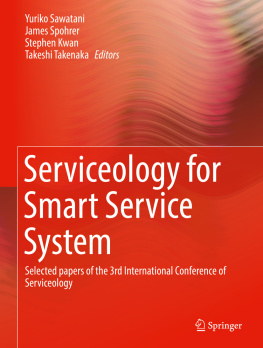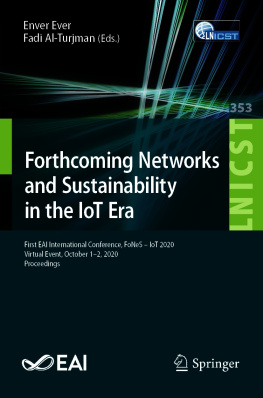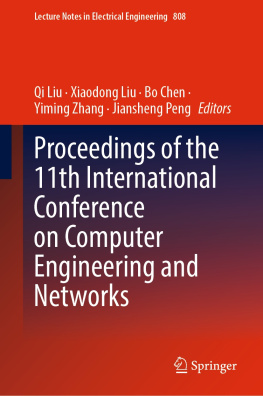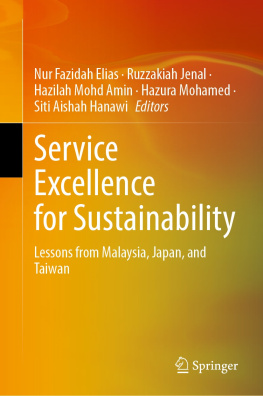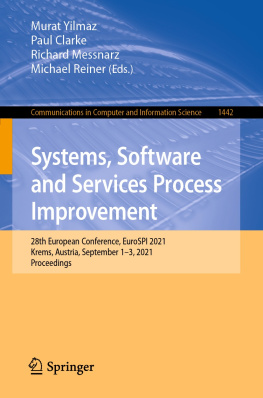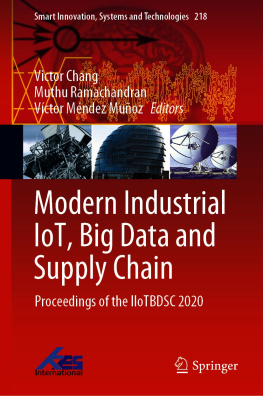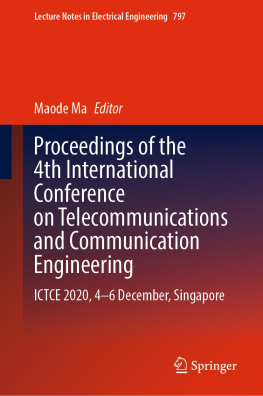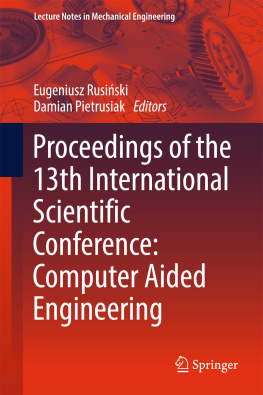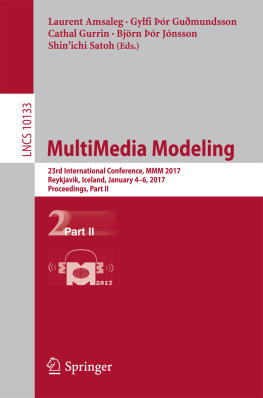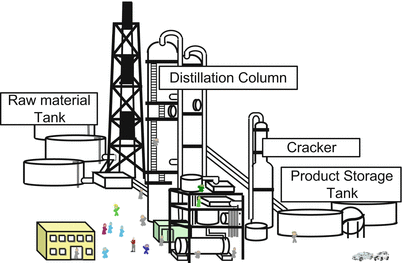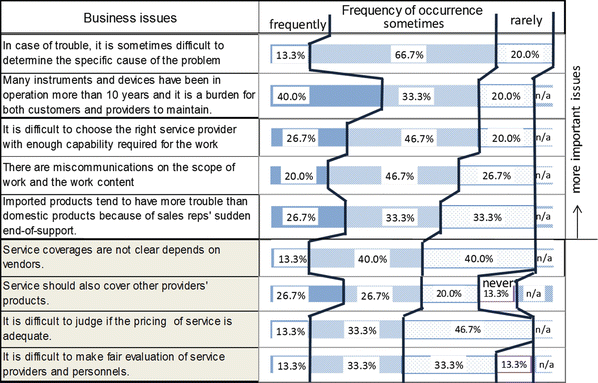Part I
Service Innovation & Design
Springer Japan 2017
Yuriko Sawatani , James Spohrer , Stephen Kwan and Takeshi Takenaka (eds.) Serviceology for Smart Service System 10.1007/978-4-431-56074-6_1
A New Service Class Scheme for Service Innovation in Japanese Automation Industry
Yoshitaka Yuki 1 , Seiichi Kawata 2, Hiroyuki Imanari 3, Takeo Suzuki 3, Norio Aburatani 4, Motomi Kohata 5, Takeru Kawai 6, Tomio Makino 7, Yukiyo Akisada 1 and Motoya Tametani 1
(1)
Yokogawa Electric Corporation Japan, 2-9-32 Naka-cho Musashino-shi, Tokyo 180-8750, Japan
(2)
Advanced Institute of Industrial Technology, 1-10-40, Higashi-Ooi, Shinagawa-ku, Tokyo 140-0011, Japan
(3)
TMEIC Japan, 3-1-1 Kyobashi, Chuo-ku, Tokyo 104-0031, Japan
(4)
Fuji Electric Corporation, Gate City Ohsaki, East Tower, 11-2, Osaki 1-chome, Shinagawa-ku, Tokyo 141-0032, Japan
(5)
Azbil Corporation, 19F Tokyo Building 2-7-3 Marunouchi, Chiyoda-ku, Tokyo 100-6419, Japan
(6)
Chiyoda System Technologies Corporation, Technowave 100 Building 1-1-25, Shinurashima-cho, Kanagawa-ku, Yokohama 221-0031, Japan
(7)
Ebara Densan Corporation, Ebara-Ohmori Bldg, 3-2-16 Ohmori-kita, Ohta-ku, Tokyo 143-0016, Japan
Abstract
This paper proposes a new service scheme in the industrial automation service classification. It clearly categorizes and orders the seven types of industrial automation service from the view point of customer value. This service class depends on some previous work by GAMBICA and ZVEI, and it is modified and newly created to fit the Japanese automation industry. The proposed service scheme in this paper could bridge the gap of service value understanding between customers and service providers and enable service innovation by smoother and wider outsourcing of traditional plant operation and field maintenance.
Keywords
Industrial automation Service classes Service categorization Product service System integration service Plant maintenance Operation service Outsourcing
Introduction
The Japan Electronics and Information Technology Industries Association (JEITA) is an industry organization that conducts research, promotes the diffusion of innovations, and makes policy proposals on the latest electronics and information technologies. The authors of this report belong to its control and energy management committee, and a working group of the committee has conducted a general study of the service business in the industrial automation systems business. Specifically, it researched a new service scheme to be applied in the industrial automation industry, aiming to define a value-oriented mechanism and standardization.
Background
Many industrial plant owners are having difficulties in outsourcing their internal tasks, as they are urged to restructure their maintenance and operations to survive in the fiercely competitive global market. Such tasks include instrument and device maintenance, system design changes for production enhancement and upgrade, and process performance and quality optimization to maintain secure and efficient plant operation. As those tasks require a wide range of engineering skills and knowledge, it is inherently difficult to reassign internal work procedures to be executed by temporarily out-sourced service provider staff. To overcome the abovementioned service problems in the plant automation fields, the concept of service science [] are typical of similar fields.
Issues with Automation Services
At large-scale industrial plants such as oil refineries and petrochemical plants as shown in Fig. , an enormous number of sensors and instruments are installed to enable nonstop, year-round safe and stable operations. This involves the use of many service engineers to maintain the production process and equipment. Their tasks vary from simple routine work to dangerous and complex work which needs deep knowledge and many years of experience. For decades employees in the maintenance department of operating companies have carried out daily checks and routine maintenance in the field. As the number of skilled maintenance engineers is decreasing due to retirement and work rationalization, increasing portions of their work are out-sourced.
Fig. 1
Petrochemical plant
However, there are many cases where the plant users and service providers are not mutually satisfied with the service pricing and resulting value because the former is usually determined by man-days and hardware cost related to the work. To understand this better, JEITAs working group conducted a survey in October and November 2012 []. The survey comprised of 14 questions regarding service contracting clarity, service quality, service evaluation, and the impact of long product life cycles on service continuity. Each question asks how often a certain problematic situation occurs for the respondent and how it affects prioritization of service issues. The survey was conducted on ten plant users and five automation service providers in face-to-face interviews. The result shows the following five issues are more important among both plant users and service providers:
In case of trouble, it is sometimes difficult to determine the specific cause of the problem.
Many instruments and devices have been in operation more than 10 years, and it is a burden for both customers and service providers to maintain those that were obsoleted years ago.
It is difficult to choose the right service provider with enough capability required for the work.
There are miscommunications on the scope of work and the detailed work content.
Imported products tend to have more trouble than domestic products because of, for instance, the sales representatives sudden end-of-support.
These issues not only obstruct the proper outsourcing of the work but also cause mistakes which may even result in serious accidents at the plant. Table shows an excerpt of the survey results.
Table 1
Industry service survey result (excerpt)
European Automation Service Classes
The issues raised in the previous section are common among large industrial plants worldwide, including those of Japan. Three European automation industry societies, GAMBICA in Great Britain, ZVEI in Germany, and Gimelec in France, are cooperating and acting to establish a unified service scheme called automation service classes to classify various types of service work in the automation industry. They defined various criteria with examples to divide automation service work into seven classes []. They aim to eliminate misunderstandings about the service content, quality, and work level between plant owners as the customer and service providers, so that a greater portion of automation service work can be out-sourced with the correct value and pricing. In their scheme, all automation service work is categorized into seven classes (Classes 06) according to the following three criteria:
Which party takes the primary responsibility for decision making, either the service provider or the customer?

